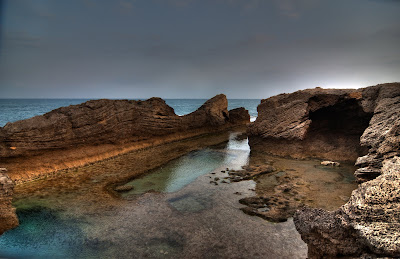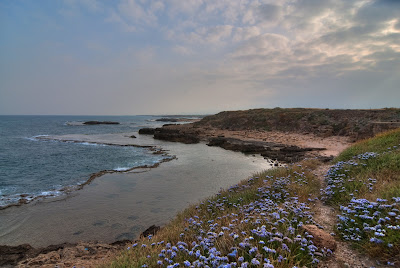Getting a cover image for a journal was a first for me. As such I thought it would be interesting to revisit the behind the scenes. I am going for a short recap.
Initially when the paper was accepted the editor encouraged us to sugget a cover image. We (actually the Broad people, Manfred, Brian, and Aviv) recruited Sigrid Knemeyer who collected ideas and came up with some concept images. We (the three mentioned above, Moran, and me) then had several rounds of emails with Sigrid where each of us made comments, said what we liked or not about the options. Sigrid came up with a more detailed concept, which we sent to the editor. The editor wasn't too excited about it, and so we went back to the drawing board.
This time Sigrid, came up with four initial concepts.
We really liked some elements of each, but thought that the vortex of letters does not capture the idea of short reads. The stacks and stacks of papers was also nice, but didn't make it clear that the reads are short.
The next concept was to replace stacks of papers with short strips, like fortunes (as in fortune cookies), and combine it with the vortex.
We really liked this, but the final touch was adding the assembled sequence coming out of the vortex. This and change of color tone resulted in the concept that we sent to the journal.
They really liked it, and sent it to their graphic editors who came up with the final version.
As you can see, they dispensed with the fortune-cookie strips, but kept the letters in "words" that capture the idea of short fragments and made other visual changes.
In conclusion, this was an interesting process. Sigrid was great in making this happen, and deserve a lot of credit. Thanks!
In conclusion, this was an interesting process. Sigrid was great in making this happen, and deserve a lot of credit. Thanks!

















































